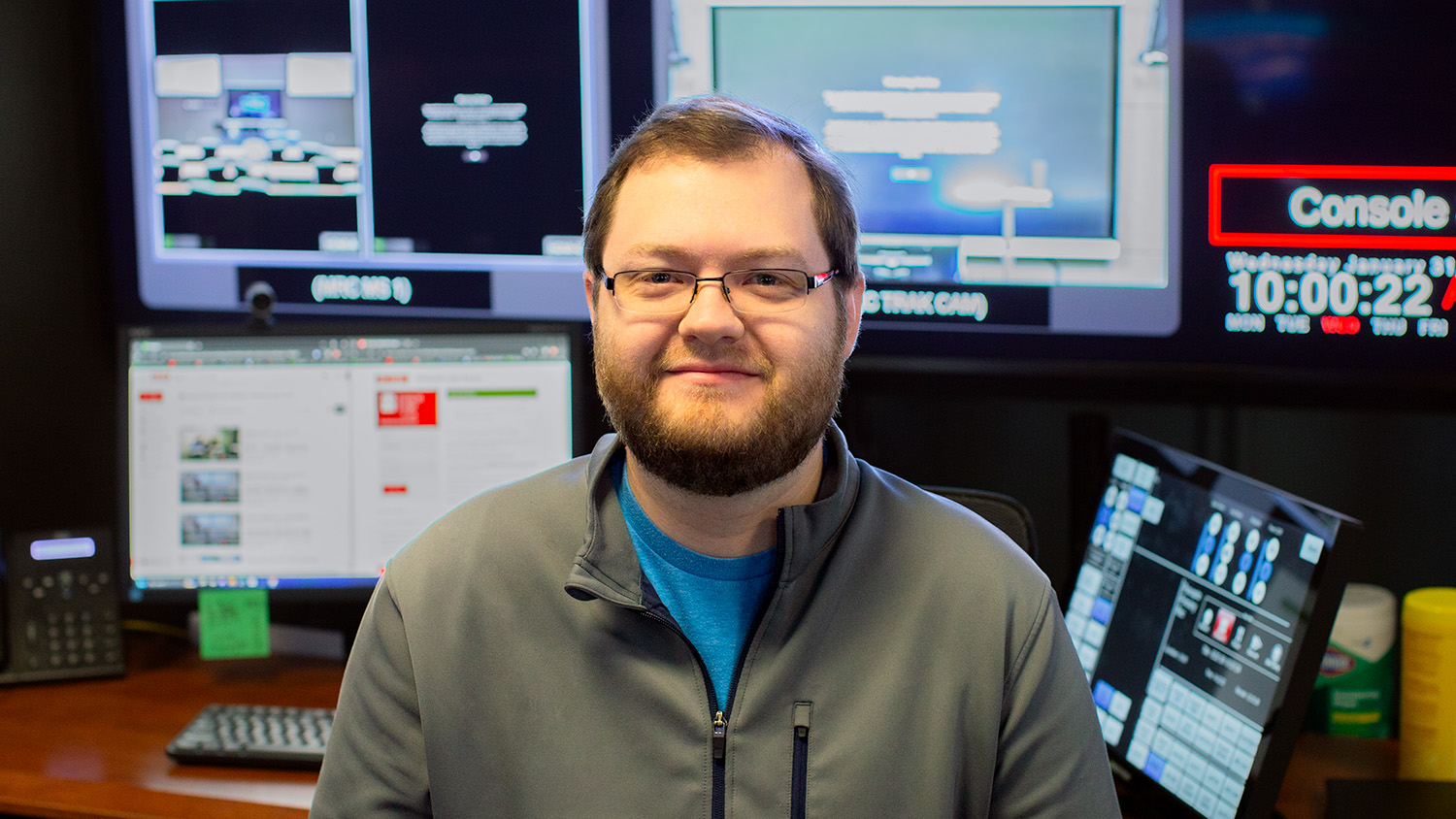Impressions from Educause 2012
As always, the Educause Annual Conference leaves me with a restive feeling that we’re doing a lot of things right but that there is so much for us to try to do better. Between the vendors talking about the new best thing they’ve got and various speakers giving some insight into projects they’re working on, it’s hard not to walk away with thoughts about what do try next. Specifically, I was taken with conversations about analytics, MOOCs, and course content.
Analytics
There were a lot of talks about analytics from many angles. But the one I would highlight was from Austin Peay and is available to view online until February 2013. They decided to try and improve the process of putting together a course schedule for students. Part of this effort was setting up a system that would recommend courses. They did so by looking at course “centrality,” which measured how many degree plans could make use of the course, and also by developing a grade predictor. The predictor uses transcript grades, standardized test scores and high school grades to predict grades in Austin Peay courses and is correct to within .6 of a letter grade. They have found this to be a fantastic aid to advising as students now come in to advising sessions with ideas rather than a blank slate, and advisors are able to look at and react to possible ideas rather than falling back on tried and true recommendations that may not be the best fit for the individual student. See this talk at http://www.apsu.edu/academic-affairs/predictive-analytics-workflows-dashboards-and-mobile-apps.
MOOCs
Actually, one of the biggest points that people were making about MOOCs is related to Analytics. Having a MOOC gives a school or a teacher access to large-scale analytics about course materials that they cannot get by teaching within their own school. One offering with 40,000 students gives data that would require an academic lifetime (100 offerings of a 400-student class would take at least 35 years and probably much more) to gather.
Another thought that I heard was the idea that MOOCs may help put the spotlight on faculty who want to be educators rather than researchers who also teach. A MOOC gives enough data for research and enough recognition, both for the individual and the institution, for the effort to be very worthwhile.
My last realization about MOOCs is that in order to do one, you need an instructional design platform. What I mean by that is that you must make many decisions about content delivery (video or text or a combination? interactive lectures or not? if interactive, how interactive?) about interactivity (do students interact at all? is this planned, required, or serendipitous? do students and instructors interact? how much?), about assessments (what is the purpose? self-testing or accreditation of some sort? machine-graded or peer-evaluated?) and more. So although there are many companies out there pushing a technology platform (Blackboard Online, OpenClass, Canvas, Google Course Builder), this cannot be the first decision made! Instead, any school that is contemplating a MOOC must first decide what instructional model they wish to follow. (And my personal opinion is that they should look very hard for a company or partnership where these decisions have already been made before setting out on their own.)
Educause and the Chronicle both have good “MOOC starter articles” that are worth reading. And one of the Chronicle’s blogs has an interesting take on “warming up” to MOOCs. Also, Adrian Sanner from Pearson has an interesting set of questions about MOOCs at his blog.
Course Content
The creation of online courses takes a lot of time. And it is becoming less and less obvious to me that we should be spending all of that time ourselves. Both publishing companies and smaller startups are spending a great deal of time and resources to create both content and activities that are excellent! We must start looking at these things and being smart about spending our own resources to create things that already exist. One very exciting effort to keep an eye on is Adapt Courseware, which is creating courses with a mastery learning model that seem very good. Another interesting effort is Content Without Borders, which is a compilation of open educational resources. Like many free things, the quality of the materials varies, but with nearly 900,000 items to choose from, there are a lot of good learning objects available. These two efforts highlight two areas for DELTA’s Instructional Innovation Services team to explore over the next year: mastery learning and integration of existing learning materials.
- Categories:


